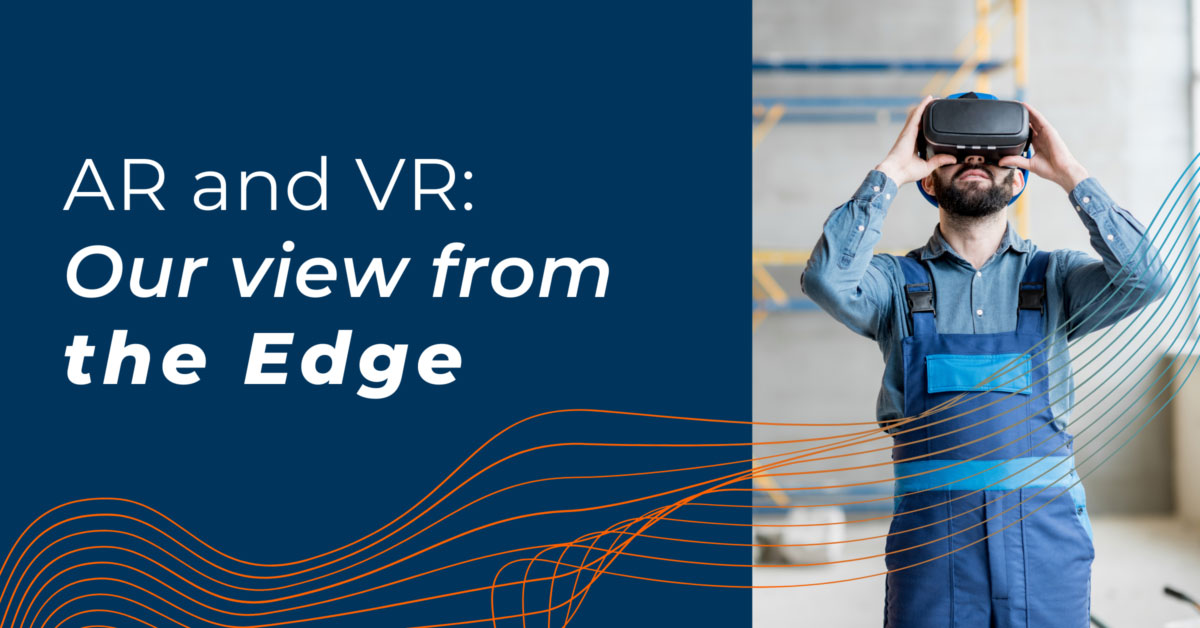Augmented Reality and Virtual Reality (AR and VR) are terms that have been making rounds in the technology sphere for some time now — and with good reason. Nevertheless, while many may know the value of AR and VR on the surface, do they really know the potential that’s behind the buzzword?
Most are likely familiar with commercial Extended Reality uses in gaming and are charmed by their ability to create new and exciting environments for today’s at-home user. However, AR, VR and Mixed Realities (MR) are more than just entertainment — they’re powerful capabilities that can transform our world in some pretty diverse and impactful ways.
As we develop our understanding of these technologies, however, we realize that the challenge of bringing these innovative ideas to life is still looking for its solution. Related applications, which thrive on high-capacity, low-latency infrastructure, require new strategies for data collection, storage and transmission. Luckily, the edge has become Extended Reality’s closest ally. By distributing computing and networking closer to the user, we can create a new landscape for data to ensure it matches the needs of innovative Augmented Reality, Virtual Reality and Mixed Reality opportunities.
Want to learn more about the transformative capabilities that await in these extended realities or explore how we can build the foundation that supports them? Check out this feature by Greg Elliott, VP of Business Development, in Data Center Dynamics.


